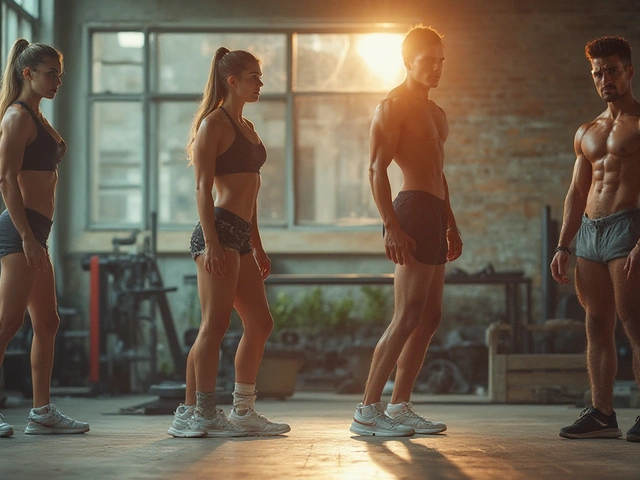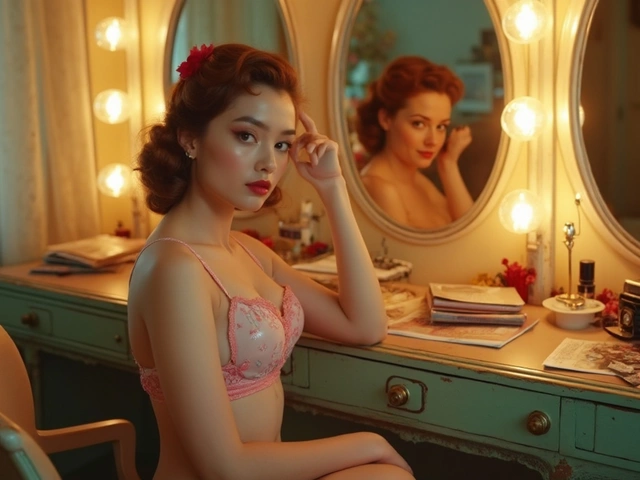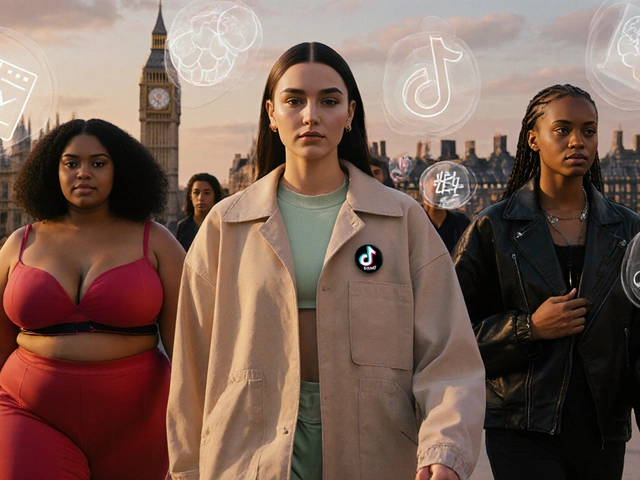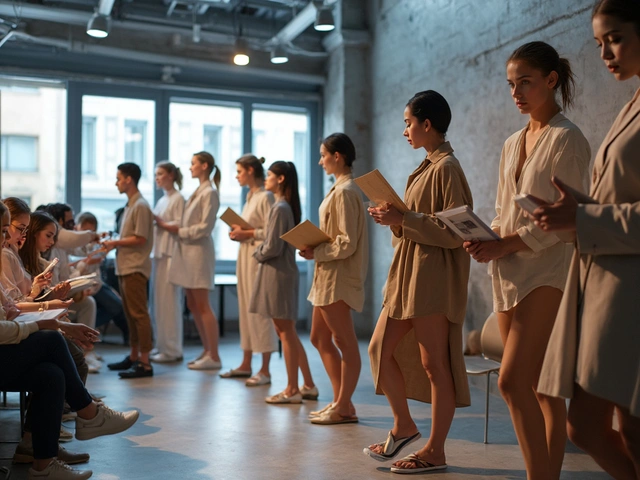Dreaming about seeing yourself on billboards or in glossy magazines? Modeling isn’t just about tall people with perfect faces—it’s way more varied than Instagram wants you to believe. These days, almost anyone can carve out a spot in the modeling world if they know where to look and how to show up.
The modeling industry changes fast, and there’s a spot for all shapes, sizes, and looks. You don’t have to be 6 feet tall or starve yourself. Brands want to connect with real people, which means the demand for unique faces and personalities is at an all-time high. If you’ve got confidence, some patience, and a willingness to learn, you’re already halfway there.
Getting started sounds fancier than it is. You don’t even need professional photos right away. Grab a friend, take a few basic shots with plain backgrounds, and you already have something to send to agencies. But here’s the deal: you need to research legit agencies and avoid sketchy scams that promise fame for a big fee. Always trust your gut—if something feels off, walk away.
Modeling isn’t all runway and glamour. Commercials, online stores, hand modeling, fitness, plus-size, mature modeling—the list goes on. So, don’t cage yourself into a single idea of what a model looks like. Start small, show up consistently, and stay open to different possibilities. Sometimes the weird, unexpected gigs are the ones that lead to bigger breaks.
- Key Steps to Get Started
- What Counts as Modeling Today
- Benefits of a Modeling Career
- Different Types of Modeling You Can Try
- How to Build Your Portfolio and Stand Out
Key Steps to Get Started
If you're asking yourself how to become a model, you’re probably wondering, “What do I actually need to do first?” Don’t worry—it’s totally doable. Let’s break it down so you can skip the fluff and focus on real steps that get results.
- Figure Out Your Modeling Type. Not all models walk runways. There’s fashion, commercial, fitness, plus-size, editorial, parts (think hands or feet), and even lifestyle modeling. Take a good look at yourself—height, style, vibe—and check where you’d fit best.
- Take Simple Photos. No expensive photo shoots right now. Agencies want to see your face and your shape—think clear shots, plain background, minimal makeup. Snap a headshot, a profile (that’s from the side), and a full body photo.
- Research Agencies. Stick with agencies that make it clear what they want and don’t ask for lots of upfront cash. If an agency claims to guarantee jobs for a fee, just walk away. Big names like IMG, Ford, and Elite never charge you to sign up.
- Submit Applications or Attend Open Calls. Most agencies let you submit online. A lot have open calls (walk-ins where they see new faces in person). Double-check their official site for how and when to apply.
- Keep Your Social Media Professional. Brands and scouts definitely snoop. You don’t need model-perfect feeds, but clean up those old posts that don’t represent who you want to be. Tag agencies or use relevant hashtags—sometimes that’s how people get discovered.
- Stay Healthy and Build Confidence. Your look is important, but confidence is the real game-changer. Treat your body well—get enough sleep, eat real food, and move regularly. The camera actually picks up your mood.
- Be Persistent. Rejection stings, but it’s normal. Even top models heard “no” more than “yes” at the start. One “yes” can change everything.
Here’s the truth from Cindy Crawford, a true modeling legend:
“You have to be willing to face rejection, and you have to want it badly enough to keep trying. Hardly anyone gets discovered overnight.”
If you’re feeling nervous, you’re not alone. According to a 2023 survey by Models.com, 67% of beginner models felt unsure about their first steps—but found that just sending out those first photos made a big difference.
| Step | Tip |
|---|---|
| Photos | Natural light, plain clothing, no filters |
| Agencies | Research online reviews first |
| Confidence | Practice posing in the mirror or with friends |
Don’t overcomplicate this—just start somewhere. The modeling career world isn’t out of reach. Sometimes the only difference between you and the people you see in ads is that they took the first step.
What Counts as Modeling Today
Think modeling just means strutting down a fashion runway or posing for a perfume ad? The game has totally changed. Right now, the modeling career is huge, and covers way more ground than most folks realize. You can turn heads in an H&M t-shirt on a website, show off your killer curls for a shampoo commercial, or even model just your hands for jewelry brands. Seriously, just about any look and vibe can find a place if you work smart.
The old-school idea that only super tall, ultra-thin people get in is fading. These days, brands are more into unique faces and real personalities than copy-paste looks. That’s because people want to see models who look like themselves. It’s not just about the physical; confidence, vibe, and willingness to try things matter just as much as height.
Here’s a rundown of what counts as modeling in 2025:
- Fashion (Runway and Editorial): You’ll find this type in big magazines, designer ads, and on catwalks. Still glamorous, but more diverse faces are popping up every season.
- Commercial Modeling: This is everything from TV ads to billboards, Instagram campaigns, and store catalogs. Major brands need models who look relatable, so all shapes and ages get booked.
- Fitness and Sports Modeling: Health brands, sportswear, and even yoga studios use fit, athletic folks for covers, shoots, and online content.
- Plus-size and Curve Modeling: There’s bigger demand every year for curvier bodies. Fashion and lifestyle brands want their products shown by real people.
- Parts Modeling: Ever seen the perfect hands in a jewelry ad? Or pretty feet in a sandal campaign? There are hand models, foot models, even hair and eye models getting paid well.
- Social Media and Influencer Modeling: Brands now hire influencers for campaigns. Got a following and know how to take a cool pic in their shoes or jacket? You’re in the running.
- Mature Modeling: Age is not a stopper. Brands book older men and women for everything from anti-aging creams to lifestyle shoots.
Want some quick numbers? Here’s a look at the modeling market for 2025:
| Type of Modeling | Estimated Share of Jobs (%) |
|---|---|
| Commercial/Advertising | 50% |
| Fashion (Runway/Editorial) | 20% |
| Parts | 8% |
| Fitness/Sports | 12% |
| Plus-Size | 8% |
| Mature | 2% |
So, if you think you don’t “look like a model,” you could be exactly who brands are after. The modeling world is all about finding your niche and being confident in it. Your first step: figure out what kind catches your eye and lean in hard.
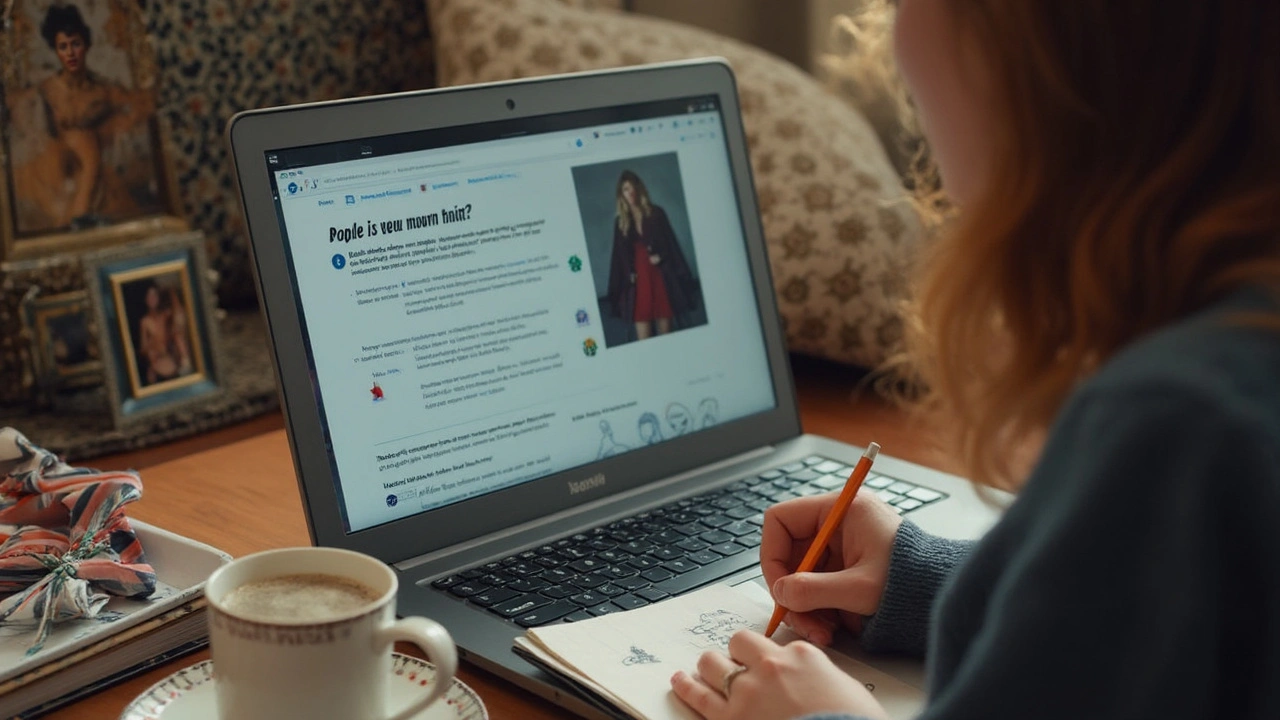
Benefits of a Modeling Career
So, why chase a modeling career in the first place? Beyond the cool photos and travel stories, there are some real perks here. For starters, modeling can open doors to way more than just runways and magazines. A lot of people use it as a springboard to acting, hosting, business, and even their own product lines. You’d be surprised how many Instagram and TikTok stars started out doing promo shoots for brands.
Some obvious benefits include:
- Travel – Models often get gigs in places they’d never visit on their own dime. Ever wanted to see Paris, New York, or Tokyo? The job could send you there.
- Networking – In this industry, you bump elbows with photographers, stylists, makeup artists, and producers. It’s like constant on-the-job networking. Some of these connections turn into lifelong opportunities.
- Flexible schedules – Most models aren’t locked into regular 9-to-5 hours. Shoots pop up all over the place, and while it can be unpredictable, you can also carve out more free time between gigs than in most jobs.
- Confidence boost – Yes, being in front of the camera is nerve-wracking at first, but most people find that with practice, it makes you more comfortable with your own body and personality.
- Decent pay for less time – Average hourly rates for commercial modeling can range from $50 to $250 per hour, and that can go much higher for major brands or international campaigns.
If you’re wondering what this looks like in real life, check out this snapshot of possible average earnings—just to give you a taste:
| Type of Modeling | Typical Hourly Rate (USD) |
|---|---|
| Fashion (Editorial) | $100–$200 |
| Commercial | $50–$250 |
| Runway | $75–$300 |
| Parts/Hand Modeling | $50–$200 |
| Plus-Size | $75–$250 |
Don’t forget—your face or body might be the ‘product,’ but you’re also learning on the job. You’ll pick up skills in posing, communication, and even personal branding. The variety keeps things interesting, and if you stick with it, you can build the kind of portfolio that attracts even more gigs. So, while it definitely takes hustle, the rewards can be pretty sweet if you’re ready to jump in.
Different Types of Modeling You Can Try
Thinking about how to become a model but unsure where you fit? The industry is way more diverse than it gets credit for. It’s not just about runway shows or magazine covers—there’s a whole world out there with options for every look, size, and personality. Let’s break down some of the main types of modeling you can actually try.
- Fashion/Editorial Modeling: These are the classic high-fashion gigs—think Vogue or Elle. Fashion models often need to meet certain height and measurement requirements (usually 5'8" or taller for women), but rules are relaxing a bit in 2025. Editorial work calls for strong facial features, confidence, and the ability to pose creatively.
- Commercial Modeling: This covers ads, catalogues, and TV commercials. Here, brands just want relatable, everyday people. Age, height, and body type are less important. Big-name brands hire commercial models for everything from toothpaste ads to tech product shoots.
- Plus-Size Modeling: Forget old-school standards—plus-size models (typically size 12 and up) are in high demand for fashion, catalogs, and campaigns. Big agencies like Wilhelmina, Ford, and IMG have divisions just for plus-size talent.
- Fitness Modeling: Into sports or gym life? Fitness models appear in workout ads, athletic wear shoots, and social media promotions. Agencies look for toned, athletic builds and people who actually live a healthy, active lifestyle.
- Parts Modeling: Ever seen only a perfect hand, foot, or smile in an ad? There’s a niche for that! Hand, foot, hair, and even eye modeling can be super specific. High demand comes from beauty and jewelry brands.
- Mature Modeling: Over 40? There's a growing need for mature models in lifestyle campaigns, commercials, and fashion. Age-positive brands are huge right now, and so is the push for real-life representation.
- Petite & Alternative Modeling: Not tall? That’s ok! Petite models (under 5'7" for women) find work in commercial and print modeling. Unique features like tattoos, piercings, or brightly-colored hair are also welcomed in alternative modeling gigs.
- Runway Modeling: If you hit the tall requirement (5'8"-6' for women), you might try the runway. These jobs include fashion week shows, designer launches, and trade events. It's high-pressure but can get you noticed fast.
If you’re wondering how popular these categories are, check this:
| Type of Modeling | Share of Market Jobs (%) |
|---|---|
| Commercial Modeling | 40 |
| Fashion/Editorial | 17 |
| Plus-Size | 11 |
| Fitness | 8 |
| Parts (hands, feet, etc.) | 7 |
| Mature | 10 |
| Petite & Alternative | 7 |
This just shows that if you’re not runway material, there’s still a big piece of the pie for you. The smartest thing? Try a couple of categories, see where you get the most interest, and grow from there. How to become a model really means figuring out which type suits you best, then running with it!
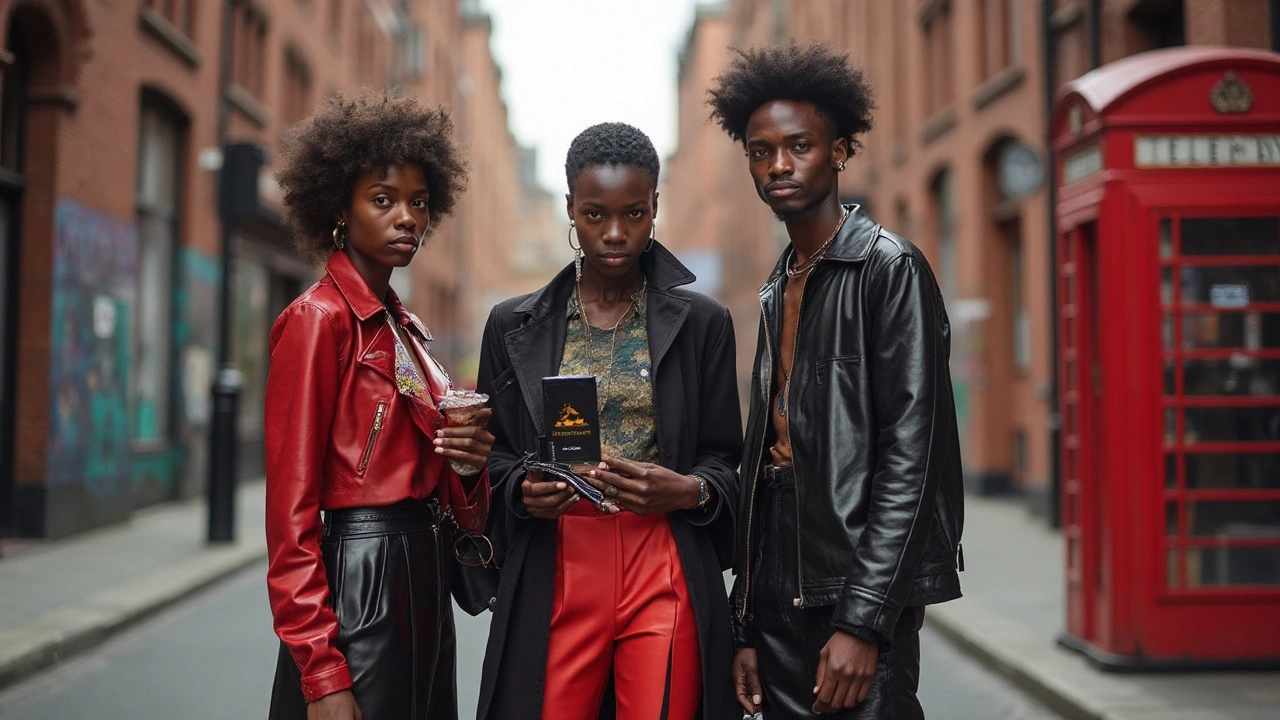
How to Build Your Portfolio and Stand Out
If you’re serious about a modeling career, your portfolio is your main tool. Agencies and clients don’t want fancy filters—they want to see the real you. Think of your portfolio as your modeling resume. It should cover your range, personality, and what you actually look like now, not five years ago. Don’t stress about having loads of expensive professional photos in the beginning. Start simple and level up as you grow.
Here’s what you need for a solid start:
- Basic Headshots: Get clear, natural light shots with minimal makeup and no heavy editing. Hair should be pulled back or kept simple.
- Full-Body Shots: Wear fitted clothes (like jeans and a plain tee) so your body shape’s visible. Avoid distracting backgrounds.
- A Mix of Poses: Show you can move and express different moods. Smiling and serious, sitting and standing—variety shows your adaptability.
- Profile and Close-Up: Don’t skip a side profile and a close-up of your features. Brands sometimes look for something unique, be it freckles, a cool jawline, or bright eyes.
As you book more shoots, swap out old pics for your best recent work. Keep your look up to date—if you change your hair or get a new piercing, update your shots. Agencies notice those details quickly.
Physical portfolios—yep, they’re still a thing—can help at open calls or castings. But most of the action happens online. Platforms like Model Mayhem, Instagram, or even dedicated agency portals double as digital portfolios. Always use your real name, and don’t post any images you wouldn’t want a potential client to see. And be consistent—aim for a recognizable look and personality across your pictures.
Worried about costs? Many entry-level models trade time for photos. Photographers offer TF (Time For) shoots where neither gets paid but both build their portfolios. Screen photographers first, meet in public spaces, and make sure you’re comfortable. A safe, collaborative environment gets much better results than anything rushed.
Sometimes it helps to see what other models’ portfolios look like at your level. Take a peek at agency websites to see their “New Faces” sections. Notice the clean shots and down-to-earth styling? That’s what agencies want to see for beginners—not high-gloss or overly styled images.
To stand out, highlight beginner modeling skills that set you apart. Are you great at sports? Got braces, freckles, or awesome curls? Show it off. Brand campaigns. In 2024, almost 60% of brands said they used "real people" models to make their ads more relatable. So, show what makes you unique, not what makes you blend in.
| Item | Must Have | Nice to Have |
|---|---|---|
| Basic Headshots | ✔️ | Styled Shots |
| Full-Body Images | ✔️ | Editorial Poses |
| Profile/Close-Ups | ✔️ | Behind the Scenes |
Building a standout modeling portfolio is all about showing your real self, updating as you go, and leveraging every opportunity for good photos. Skip the hype—aim for honest, current pics, and let your personality do the work.

